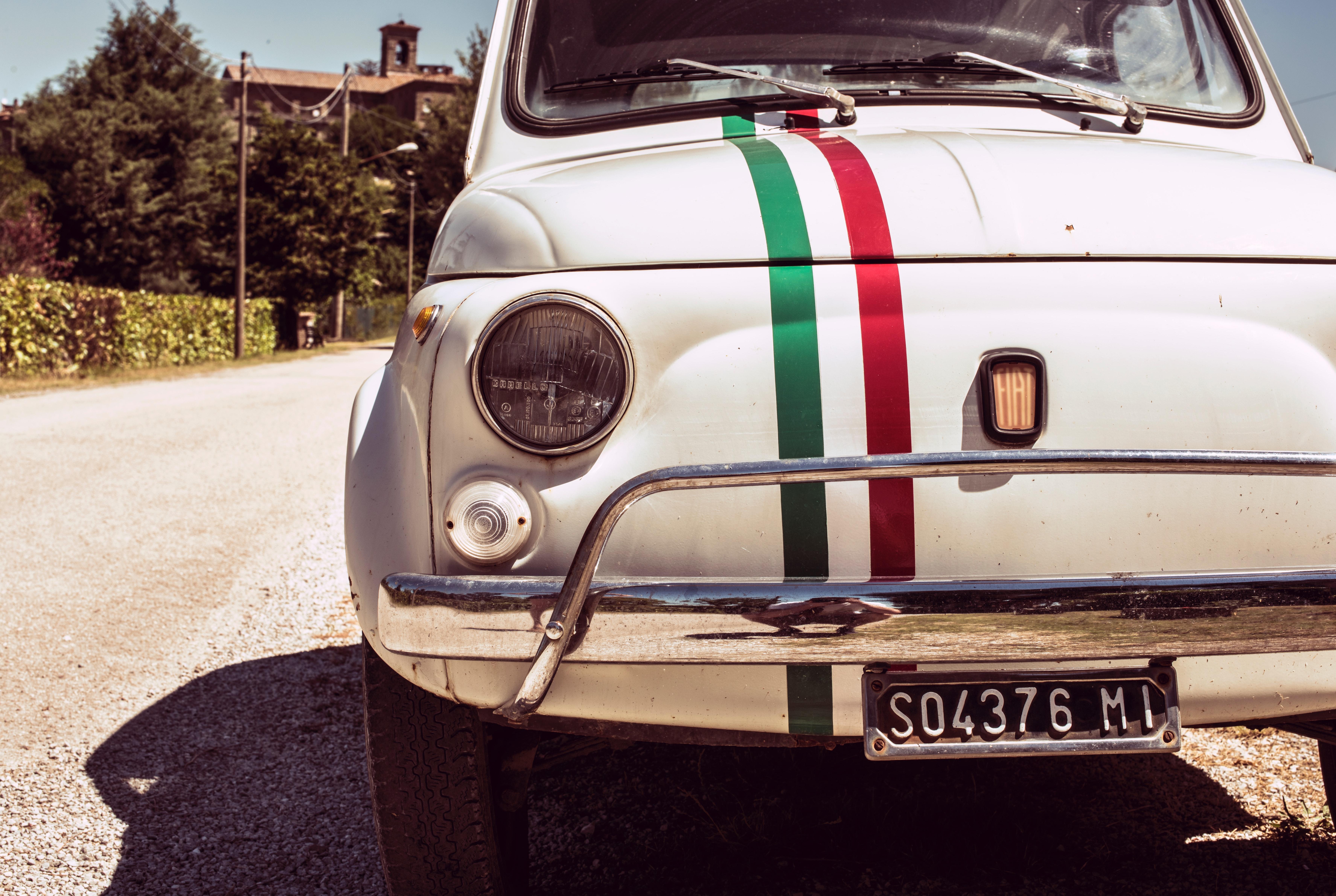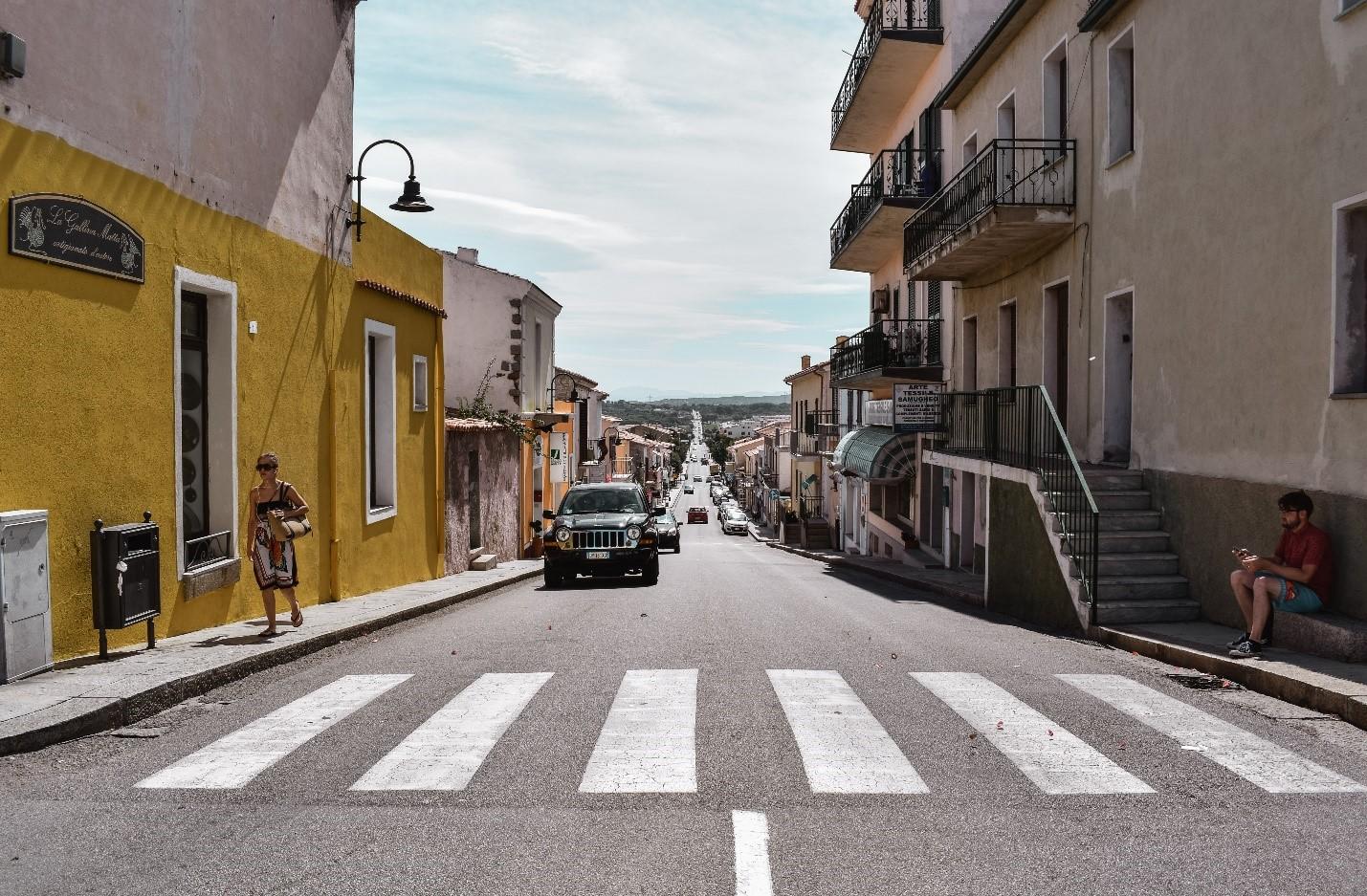There is the most perfect quote I have to start this article off with because you are going to love the Italian language and we at Superprof are going to help you speak it well.
"After the verb 'to Love', 'to Help' is the most beautiful verb in the world."
- Bertha von Suttner
Before we get into Italian verbs let's just have a quick refresher on what exactly a verb is. A verb is the action or state of being in a sentence. Verbs can be expressed in different tenses, depending on when the action is being performed.
Verbs are the action words in a sentence that describe what the subject is doing. Along with nouns, verbs are the main part of a sentence or phrase, telling a story about what is taking place.
Must-Watch Italian Movies and TV Shows to Improve Your Italian
There are sixteen verbs used in Basic English. They are: be, do, have, come, go, see, seem, give, take, keep, make, put, send, say, let, and get.
Now that we're all caught up and are fully aware of where we stand when it comes to using verbs in the English language it should make things a little easier when it comes to recognising them in a foreign language.

When an article does not follow them, Italian prepositions are called “simple prepositions”.

Types of Italian Verbs
Verbs are doing words, and with Italian verbs, just like in English, they're used to denote an action performed by someone or something. Italian verbs have seven main forms which are broken into 3 groups, depending on their ending. Those three endings are as follows:
- are
- ere
- ire
If you’re a beginner and want to build up your Italian vocabulary, you definitely need to know the most common Italian verbs to boost your speaking and writing skills! Verbs are the building blocks of a sentence because they enable us to express ourselves in a variety of situations.
Conjugated Verbs
In Italian, a conjugated verb gives us many pieces of information, such as the person and the tense. That’s why personal pronouns (i.e “I”, “you”, “she”, etc.) are generally left out (as in the examples you’ll see in this guide) and only used when you want to emphasize them.
What does verb conjugation mean in Italian?
In a nutshell, verb conjugation is the process of changing a verb in some way to indicate different meanings such as the person or number of people performing an action. You do this in Italian, by changing the ending of the verb. In practice, this means that verbs like ‘cook’ or ‘talk’ will have different endings depending on who is performing the action.
From "hello" to "goodbye" and everything in between, here are the basic Italian words and common Italian phrases for travellers heading to Italy.
Believe it or not, as an English speaker, you’ve been conjugating verbs your whole life; you just didn’t realise what you were doing!
To begin, let’s use the verb ‘to be’ in the present tense as an example of how we conjugate verbs every day.
In the present tense, essere is conjugated as follows:
- (io) sono – I am
- (tu) sei – you are
- (lui/lei) è – he/she is
- (noi) siamo – we are
- (voi) siete – you are
- (loro) sono – they are
An example of how this verb would be used in the present tense is Sono Giovanna, I’m Giovanna.

What is an unconjugated verb?
An unconjugated is when the verb doesn’t tell us who is doing the action. Every time you speak, you change verbs to reflect the subject of the verb. The process of changing verbs is called conjugating. For example, if you say ‘She’s eating a pizza’, then she is the subject. She is the person conducting the action. She is eating the pizza.
Therefore, in Italian, you couldn’t just say mangiare una pizza on its own because this means ‘eating a pizza’. Instead, you have to conjugate the verb mangiare and say lei mangia una pizza, ‘She’s eating a pizza’.
When it comes to greeting new people, Italians shake hands and exchange three kisses on the cheeks
Using the Stem to Conjugate Verbs
If -are, –ere and -ire are called the infinitive ending, then what is left is called the stem. In other words, the first part of the verb. By using the stem, you can start to conjugate verbs! To conjugate any regular Italian verb in the present tense all you need to do is follow these 3 simple steps:
- Keep the stem
- Drop the infinitive ending
- Replace the ending with the appropriate conjugation.
How to obtain the stem:
- chiamare → chiam – are (to call)
- chiudere → chiud – ere (to close)
- servire → serv – ire (to need)
Once you have the stem you can add the following endings.
-ARE verb endings
The endings for -are verbs are: -o, -i, -a, -iamo, -ate, -ano
- -o (oh) – I
- -i (ee) – you
- -a (ah) – he/she/it
- -iamo (ee-yah-moh) – we
- -ate (ah-teh) – you (plural)
- -ano (ah-noh) – they
With these endings, we can now conjugate the verb parlare (pah-lah-reh) (to speak).
- io parlo (ee-oh parh-loh) – I speak
- tu parli (tooh parh-lee) – you speak
- Lei/lui/lei parla (lay/loo-ee/lay parh-lah) – You (formal)/he/she speak(s)
- noi parliamo (noy parh-lee-yah-moh) – we speak
- voi parlate (voy parh-lah-teh) – you speak
- loro parlano (lor-roh parh-lah-noh) – they speak

-ERE verb endings
The endings for –ere verbs are: -o, -i, -e, -iamo, -ete, -ono
- -o (oh) – I
- -i (ee) – you
- -e (eh) – he/she/it
- -iamo (ee-yah-moh) – we
- -ete (eh-teh) – you (plural)
- -ono (oh-noh) – they
With these endings, we can now conjugate the verb vendere (ven-deh-reh) (to sell).
- io vendo (ee-oh ven-doh) – I sell
- tu vendi (too ven-dee) – you sell
- Lei/lui/lei vende (lay/loo-ee/lay ven-deh) – You (formal)/he/she sell(s)
- noi vendiamo (noy ven-deeyah-moh) – we sell
- voi vendete (voy ven-deh-teh) – you sell
- loro vendono (lor-roh ven-doh-noh) – they sell
As you learn Italian, take note of the endings of the verbs and spot the similarities between each verb family. However, with the complexity of Italian verbs and the need to conjugate most before use, I highly recommend taking a few lessons with a Superprof tutor or perhaps signing up for a language learning app such as Duolingo or Babbel.
























